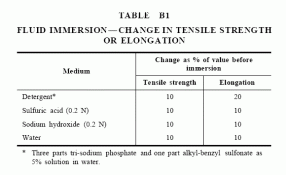cjng
Member
- Joined
- Mar 22, 2006
- Messages
- 7
- Format
- 35mm
Hello,
I want to set up a simple darkroom in my new apartment, but have been told that some of the chemicals might corrode the plumbing. Is this true? I haven't moved into the new place yet, so I don't know if the pipes are lead, steel, or PVC.
I was planning to use steel wool to precipitate the metallic silver out of my spent fixer, so as not to pollute the environment with it. I'm hoping the the remaining liquid would be safe to pour down the drain, but perhaps one of you knowledgeable people could confirm/deny this? Thanks so much.
-CJ
I want to set up a simple darkroom in my new apartment, but have been told that some of the chemicals might corrode the plumbing. Is this true? I haven't moved into the new place yet, so I don't know if the pipes are lead, steel, or PVC.
I was planning to use steel wool to precipitate the metallic silver out of my spent fixer, so as not to pollute the environment with it. I'm hoping the the remaining liquid would be safe to pour down the drain, but perhaps one of you knowledgeable people could confirm/deny this? Thanks so much.
-CJ













